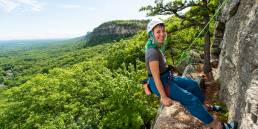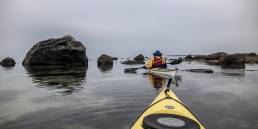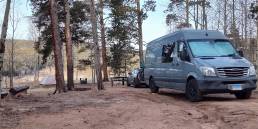It should come as no surprise that there are more people than ever who are exploring the outdoors and recreating in new places. It has been the work of outdoor companies, guiding outfits, educational programs, and town recreation departments (just to name a few players) to get people outside for decades. The result? More and more people have been encouraged to “escape to the wilderness” and pursue a healthier lifestyle among the trees and mountains. But the fact that this romantic and well-intentioned message has truly taken hold of us inevitably means it’s taken hold of others and we’re all escaping to the same getaways.
Social media, the Covid-19 pandemic, and unprecedented access to recreational spaces have all converged to push more people outdoors. By now we’ve all noticed how parking lots are full, there are lines for popular climbs, and it might feel harder to be alone outdoors. Not to mention the risk to our “secret spots.” So, what should we do?
But the fact that this romantic and well-intentioned message has truly taken hold of us inevitably means it’s taken hold of others and we’re all escaping to the same getaways.
Let’s start by talking about what we shouldn’t do. Outdoor activities, especially adventure sports, have a long history and pervasive reputation of elitism, gatekeeping, and hiding a disdain for competition of space behind an open-armed welcome message. Outdoor athletes and recreationists are not bad people, but they understand a notion that was aptly put by rock climbing pioneer Royal Robbins decades ago, “a simple equation exists between freedom and numbers: the more people the less freedom.”
Isn’t that a big reason why we like going out into the wilder places? I can get a lot more skiing in if I go to a resort, or a lot of climbing in at a gym, so why make the effort to hike for hours for a couple ski runs? Or a few pitches of climbing? There’s a lot to unpack there, but it’s a question to keep in mind as we think about how we might treat the new wave of outdoor users, and the changing landscape of the places we’re used to having to ourselves.
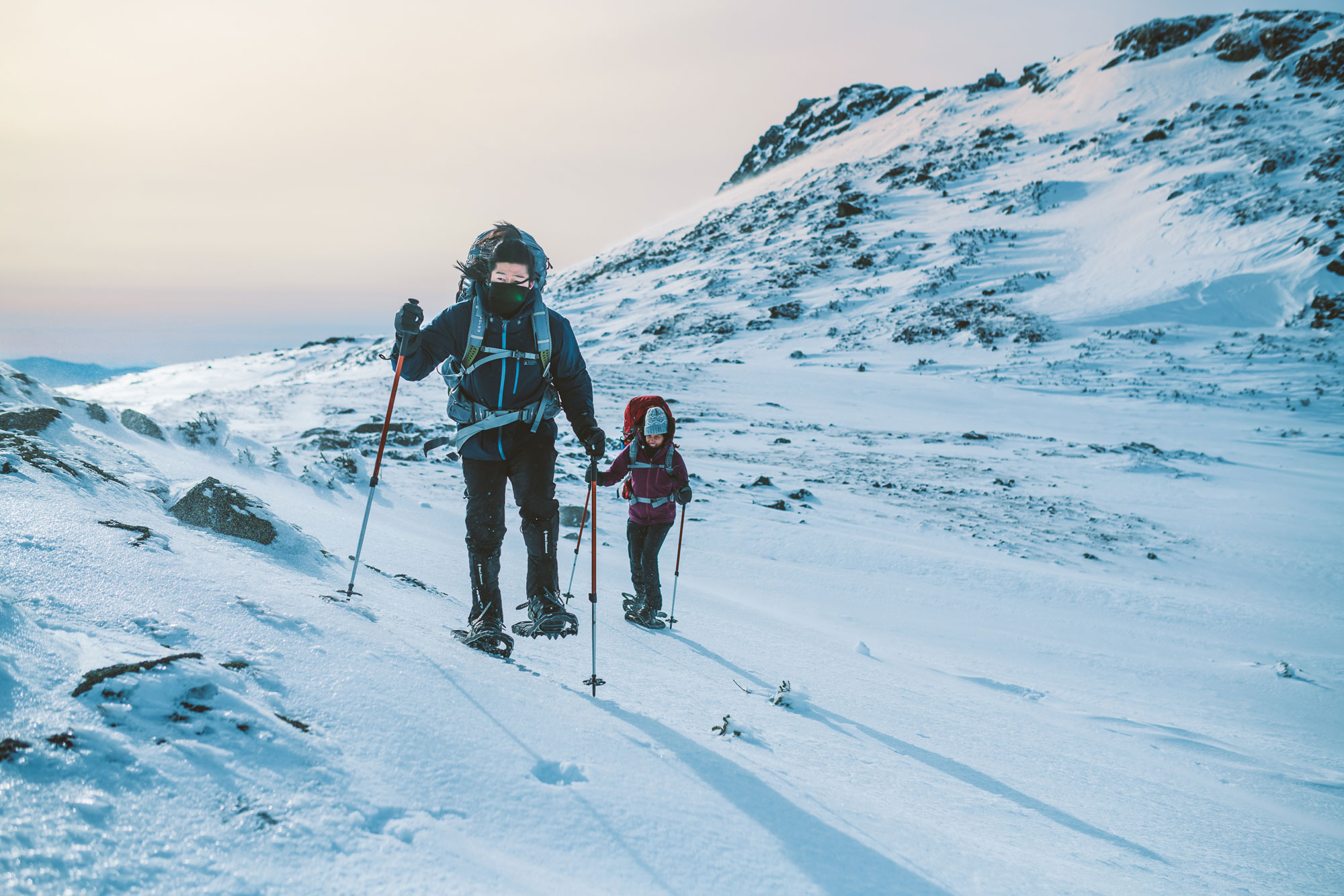
Let’s all remember when we were first starting out. We were all newbies at one point or another, and everyone needs experience to learn. How do you gain experience? Get out and make mistakes, figure it out, and get some mileage in, maybe with a mentor or a group of peers. With more beginners venturing out of their comfort zones and into the woods than ever, there is no reason for us to make their journey harder by being judgmental, alienating, or protective over places that aren’t ours. It’s not your terrain.
I’m a New Englander, and recognize my own aversion to sunny, cheerful salutations to everyone I pass, but it’s not hard to be a kind person, or at least to pretend to be one for a moment. Look out for each other! If something is obviously unsafe or needlessly risky, say something. On the other side of the coin, it’s no fun to be patronized. I know that I wouldn’t appreciate a stranger accosting me for not taking the Ten Essentials on a Sherburne lap, or reminding me how “steep the trail is up there.” Somewhere on the spectrum between the crusty curmudgeon and the mansplainer there is a happy space for a real peach of a neighbor.
The other bird that tends to get the worms is the one that goes someplace else. Meaning having a plan B, C, and D can save the day if you show up to a feeding frenzy.
So what do we do now?
The early bird gets the worm. No matter what “the worm” is to you, you’re more likely to get it if you show up before anyone else. Depending what you’re going for, that might be pretty darn early. The other bird that tends to get the worms is the one that goes someplace else. Meaning having a plan B, C, and D can save the day if you show up to a feeding frenzy. Keep in mind that there has been a documented rise in accidents that seems to stem from this dispersion of users into less familiar and more remote terrain. This is certainly not advice to get in over your head if your favorite local spot is a little busy, so remember your limits, and also remember that the mountains aren’t going anywhere.
That being said, one thing that won’t be around for long is our pristine wilderness. The great environmental bummer of our time is our impact on the places we love and profess to care about. Far worse than any complaint of having neighbors at the crag is how we are disfiguring and destroying our valuable natural spaces, and at an alarming rate. One thing that we can be sure of is that the number of people getting out into the woods will only increase, and that the variables we can control have nothing to do with who is using the outdoors. Here is an opportunity to remembering share—Leave No Trace principles, to model good stewardship, and to help out our community and conservation programs in maintaining sustainable use of our crags, trails, and parks. Don’t just let someone else take care of it, because if we all assume that someone else will care for the outdoors, then there will be nothing left to enjoy. Donate some cash, volunteer some time, and be a part of the solution.
Now might be a time to start thinking about where the outdoor recreation world is heading, how it’s evolving, and how our activities might need to evolve as well. We no longer live in a world where “because that’s how it always was” is helpful or meaningful when it comes to our adventure sports. The conversation instead should be open to anyone, constantly in motion, and working towards protecting the land and the communities that we all depend on.
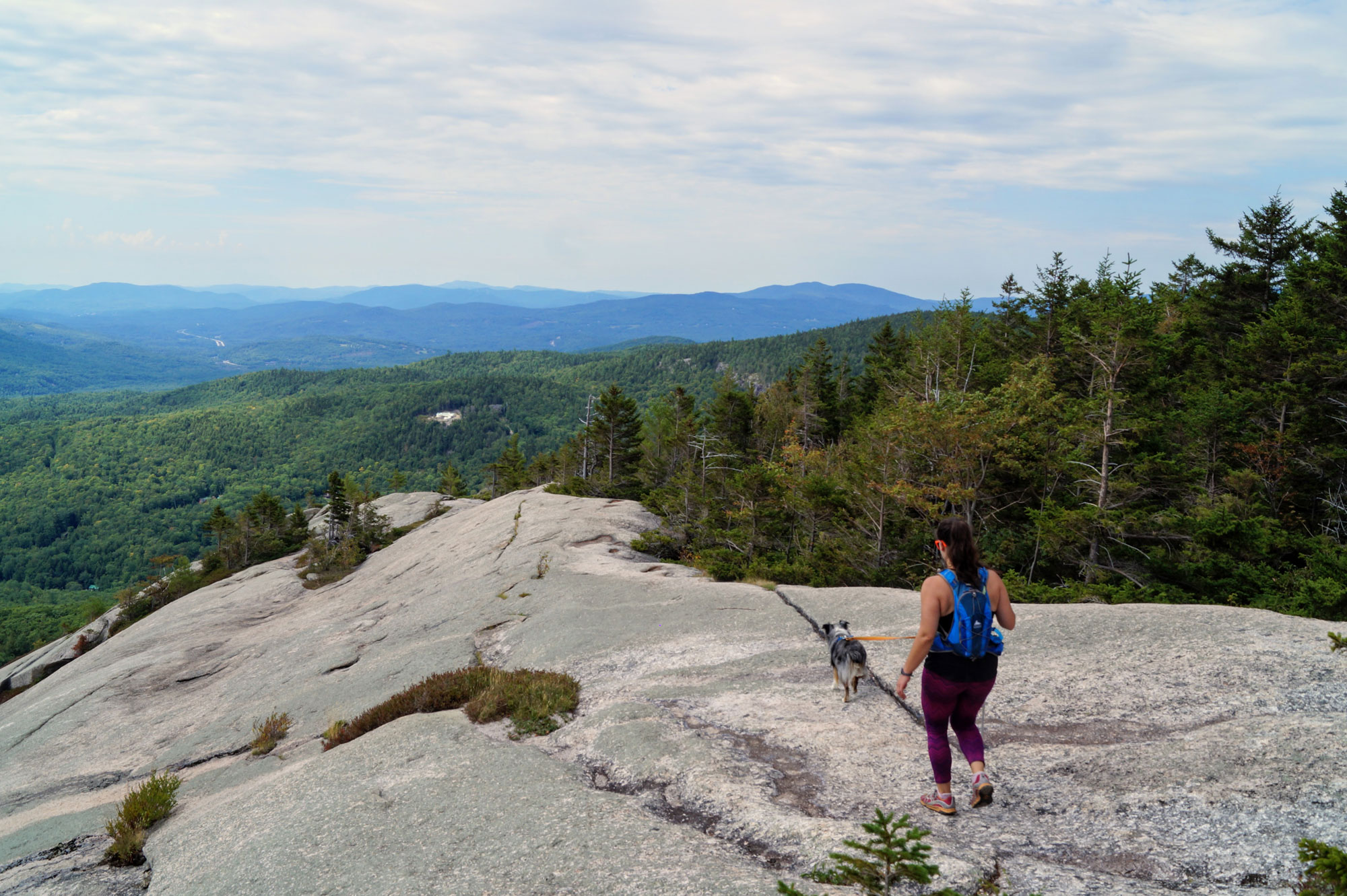
Sean Coit
Sean is a New Hampshire native who can be found looking for remote ski lines and climbing objectives when not working for the EMS Climbing School. Talking about gear makes up a large percentage of Sean’s conversations, and occasionally those ramblings will make their way into print.


